-
 Bitcoin
Bitcoin $113600
0.08% -
 Ethereum
Ethereum $3464
-0.62% -
 XRP
XRP $2.859
-3.36% -
 Tether USDt
Tether USDt $0.9999
0.03% -
 BNB
BNB $746.7
-0.69% -
 Solana
Solana $161.1
-1.47% -
 USDC
USDC $0.0000
0.03% -
 TRON
TRON $0.3264
0.03% -
 Dogecoin
Dogecoin $0.1965
-1.08% -
 Cardano
Cardano $0.7232
1.37% -
 Hyperliquid
Hyperliquid $38.56
0.67% -
 Sui
Sui $3.428
-0.53% -
 Stellar
Stellar $0.3804
-0.38% -
 Chainlink
Chainlink $16.05
0.99% -
 Bitcoin Cash
Bitcoin Cash $538.9
0.92% -
 Hedera
Hedera $0.2391
1.17% -
 Ethena USDe
Ethena USDe $1.001
0.03% -
 Avalanche
Avalanche $21.22
-0.76% -
 Toncoin
Toncoin $3.668
2.69% -
 Litecoin
Litecoin $109.8
2.60% -
 UNUS SED LEO
UNUS SED LEO $8.967
0.06% -
 Shiba Inu
Shiba Inu $0.00001210
0.19% -
 Polkadot
Polkadot $3.582
1.35% -
 Uniswap
Uniswap $9.048
1.27% -
 Monero
Monero $300.1
1.23% -
 Dai
Dai $0.0000
0.01% -
 Bitget Token
Bitget Token $4.301
0.18% -
 Pepe
Pepe $0.00001036
-0.51% -
 Cronos
Cronos $0.1305
-0.82% -
 Aave
Aave $256.6
1.47%
What is the inflation rate of Shiba Inu Coin?
Shiba Inu Coin's inflation rate is influenced by factors such as Shibarium's transaction fee burning mechanism, various burning mechanisms, staking rewards, and partnerships that drive demand and value.
Feb 16, 2025 at 06:18 am
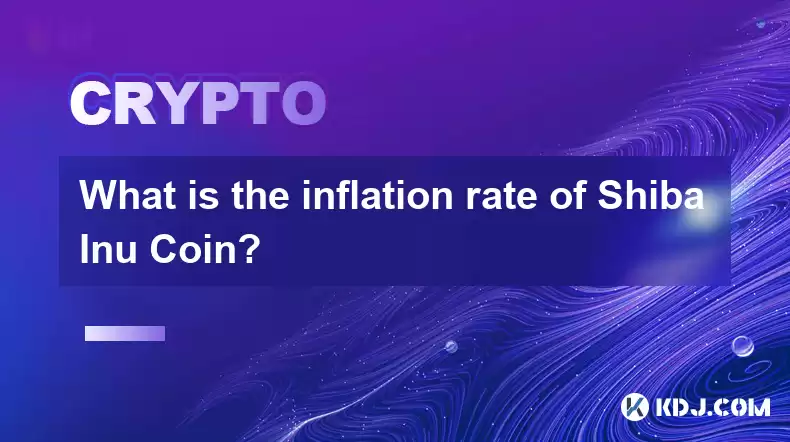
Key Points:
- Understanding Shibarium: A game-changer that will influence SHIB's inflation rate
- Burning mechanisms: Methods employed to reduce the circulating supply
- Staking and rewards: How do they affect SHIB inflation?
- Partnerships and ecosystem expansion: Their potential impact on SHIB's tokenomics
Shiba Inu Coin: Inflation Rate and Influencing Factors
Shiba Inu Coin (SHIB), a meme cryptocurrency, has experienced significant fluctuations in its inflation rate over time. To grasp the dynamics driving SHIB's inflation, it is crucial to delve into the factors shaping it:
1. Shibarium: The Network's Inflation Catalyst
Shibarium, an upcoming Layer-2 solution for the Shiba Inu ecosystem, introduces the potential for increased transaction volume and gas fee revenue. As the network matures, the burning of transaction fees will become a significant factor in mitigating SHIB's inflation rate.
2. Burning Mechanisms: Reducing the Circulating Supply
SHIB has implemented various mechanisms to decrease its circulating supply, thereby reducing its inflation rate:
- Manual Burns: Shiba Inu developers and community members voluntarily burn significant amounts of SHIB, permanently removing them from circulation.
- Transaction Burn: A percentage of every transaction fee is dedicated to burning SHIB, gradually diminishing the overall supply.
- Coin Burning Events: Periodic events are organized to encourage community participation in burning SHIB, fostering a sense of collective ownership.
3. Staking and Rewards: A Double-Edged Sword
Staking SHIB allows holders to earn rewards, but it also contributes to the temporary increase in the circulating supply. When stakers receive rewards, more SHIB tokens enter circulation, potentially increasing the inflation rate. However, staking promotes long-term holding of SHIB, potentially reducing selling pressure in the future.
4. Partnerships and Ecosystem Expansion: Driving Demand and Value
The formation of strategic partnerships and the expansion of the Shiba Inu ecosystem have positive implications for SHIB's demand and value, which indirectly influence its inflation rate. Increased demand for SHIB, driven by partnerships and ecosystem growth, might surpass the rate of supply issuance, leading to a reduction in the inflation rate.
FAQs:
- How does the burning of transaction fees impact SHIB's inflation rate?
The burning of transaction fees reduces the circulating supply of SHIB, effectively lowering its inflation rate. - What is the role of staking rewards in SHIB's inflation?
Staking rewards contribute to the temporary increase in the circulating supply, potentially increasing the inflation rate. - How can partnerships and ecosystem expansion influence SHIB's inflation rate?
Partnerships and ecosystem expansion can increase the demand for SHIB, potentially reducing the inflation rate by outpacing the issuance of new tokens.
Disclaimer:info@kdj.com
The information provided is not trading advice. kdj.com does not assume any responsibility for any investments made based on the information provided in this article. Cryptocurrencies are highly volatile and it is highly recommended that you invest with caution after thorough research!
If you believe that the content used on this website infringes your copyright, please contact us immediately (info@kdj.com) and we will delete it promptly.
- SOLF Token vs. BONK: Predicting a $300 Solana in 2025?
- 2025-08-03 16:30:16
- Sei, Injective, and Bitcoin Dominance: Navigating the Crypto Landscape
- 2025-08-03 16:50:15
- UK Lifts Ban on Crypto ETNs: Bitcoin Set for Retail Boom?
- 2025-08-03 16:30:16
- Coin Master Free Spins: Maximize Your Game with Daily Links (August 2025)
- 2025-08-03 16:50:15
- Litecoin's Rocky Road: ETF Uncertainty and Post-Halving Hopes
- 2025-08-03 17:10:16
- Cardano, SpacePay, and the Altcoin Landscape: Navigating Crypto in 2025
- 2025-08-03 17:15:16
Related knowledge
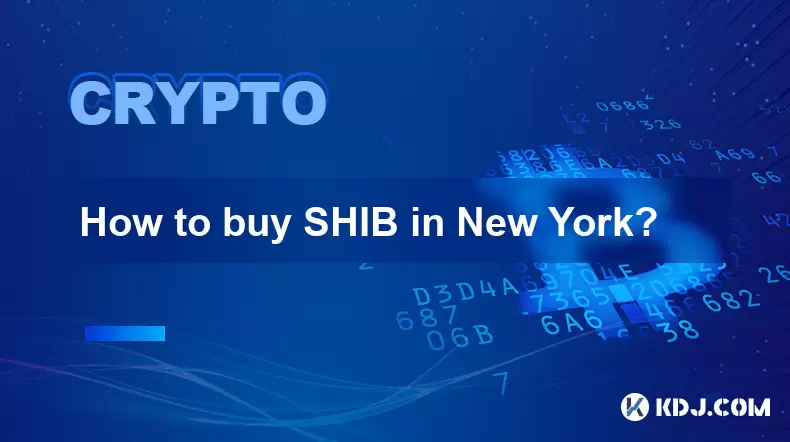
How to buy SHIB in New York?
Jul 18,2025 at 05:42pm
What is SHIB and Why is it Popular?SHIB, or Shiba Inu, is a decentralized cryptocurrency that has gained popularity due to its meme-inspired branding ...
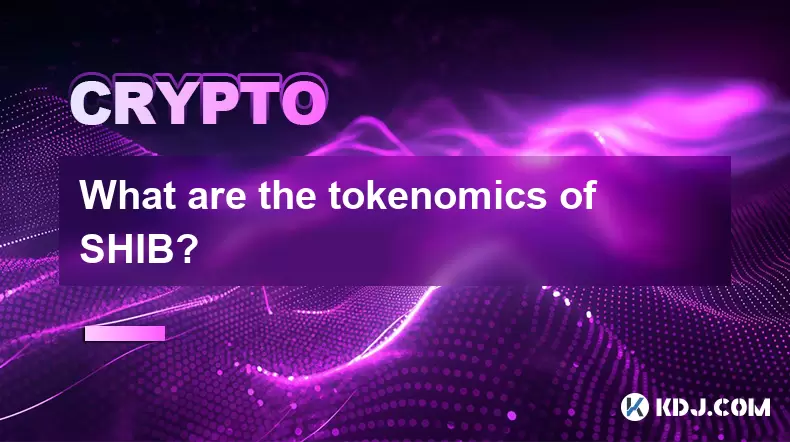
What are the tokenomics of SHIB?
Jul 20,2025 at 06:21pm
Overview of SHIB TokenSHIB, short for Shiba Inu, is an Ethereum-based cryptocurrency that launched in August 2020. It was created as a decentralized c...
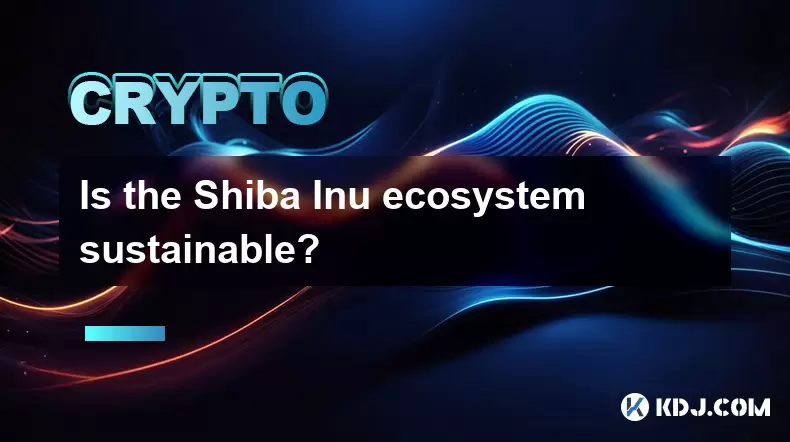
Is the Shiba Inu ecosystem sustainable?
Jul 24,2025 at 12:56pm
Understanding the Shiba Inu EcosystemThe Shiba Inu (SHIB) ecosystem began as a meme coin, similar to Dogecoin, but has since evolved into a more compl...
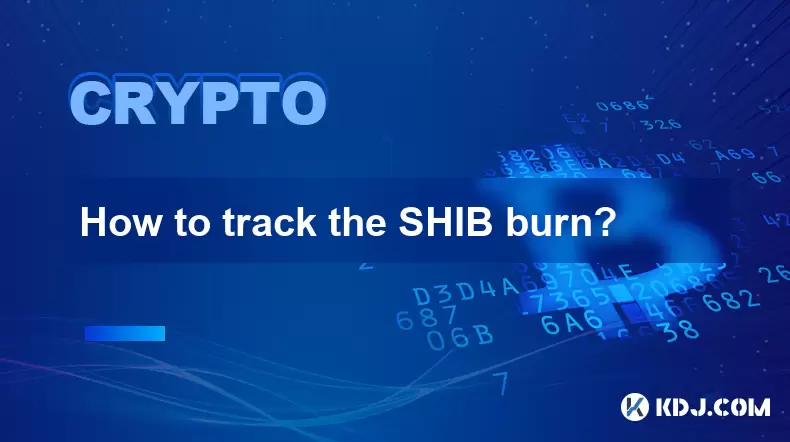
How to track the SHIB burn?
Jul 18,2025 at 10:35pm
Understanding the SHIB Burn MechanismThe SHIB burn refers to the process of permanently removing Shiba Inu (SHIB) tokens from circulation. This is typ...
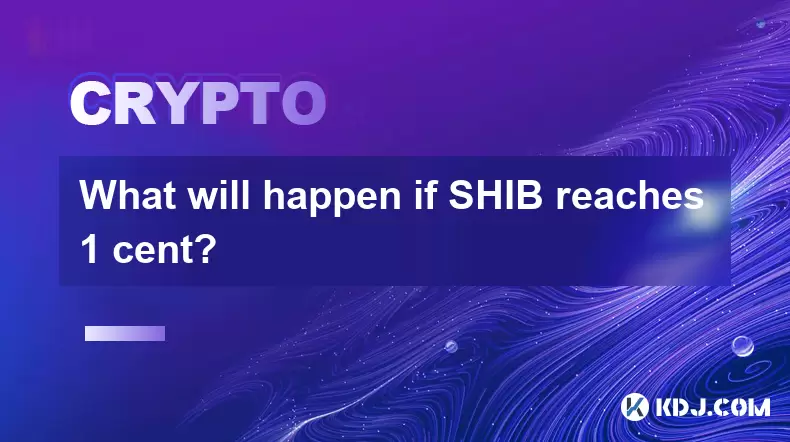
What will happen if SHIB reaches 1 cent?
Jul 22,2025 at 02:00pm
Understanding the Value of SHIBSHIB, or Shiba Inu, is a decentralized meme token that gained significant attention due to its association with Dogecoi...
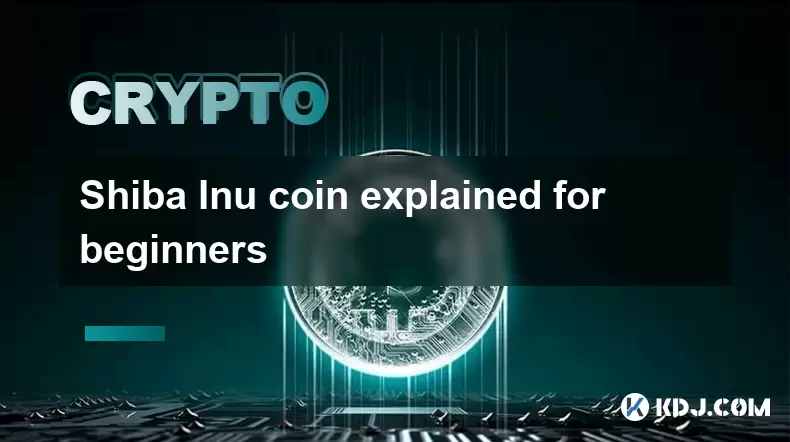
Shiba Inu coin explained for beginners
Jul 22,2025 at 05:49am
What Is Shiba Inu Coin?Shiba Inu (SHIB) is a decentralized cryptocurrency that was created in 2020 by an anonymous individual or group known as Ryoshi...

How to buy SHIB in New York?
Jul 18,2025 at 05:42pm
What is SHIB and Why is it Popular?SHIB, or Shiba Inu, is a decentralized cryptocurrency that has gained popularity due to its meme-inspired branding ...

What are the tokenomics of SHIB?
Jul 20,2025 at 06:21pm
Overview of SHIB TokenSHIB, short for Shiba Inu, is an Ethereum-based cryptocurrency that launched in August 2020. It was created as a decentralized c...

Is the Shiba Inu ecosystem sustainable?
Jul 24,2025 at 12:56pm
Understanding the Shiba Inu EcosystemThe Shiba Inu (SHIB) ecosystem began as a meme coin, similar to Dogecoin, but has since evolved into a more compl...

How to track the SHIB burn?
Jul 18,2025 at 10:35pm
Understanding the SHIB Burn MechanismThe SHIB burn refers to the process of permanently removing Shiba Inu (SHIB) tokens from circulation. This is typ...

What will happen if SHIB reaches 1 cent?
Jul 22,2025 at 02:00pm
Understanding the Value of SHIBSHIB, or Shiba Inu, is a decentralized meme token that gained significant attention due to its association with Dogecoi...

Shiba Inu coin explained for beginners
Jul 22,2025 at 05:49am
What Is Shiba Inu Coin?Shiba Inu (SHIB) is a decentralized cryptocurrency that was created in 2020 by an anonymous individual or group known as Ryoshi...
See all articles

























































































